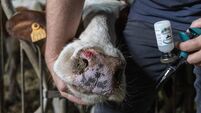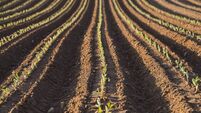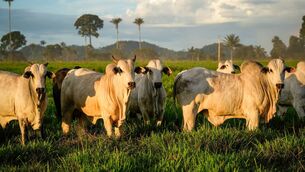Will the beef cattle supply fall from November onwards?
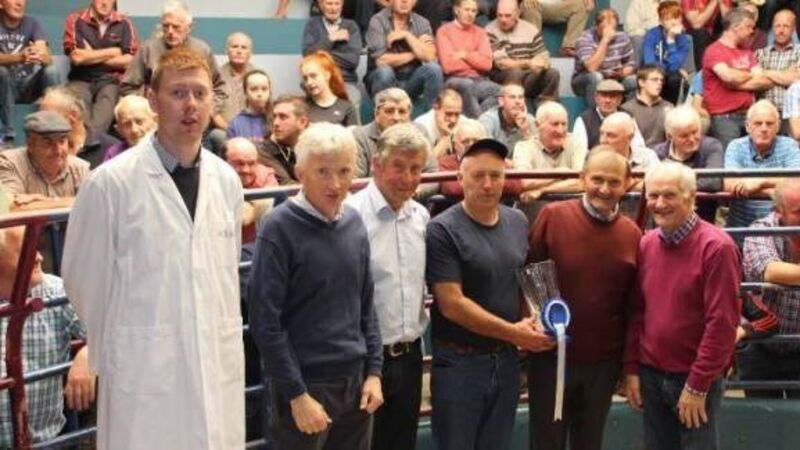
There has been significant downward price pressure at the beef factories lately, and all indications point to a difficult few months ahead.
This issue has been linked to early culling of dairy cows due to the drought.
For the next few months, we may also see cattle that had been destined for slaughter next spring enter the system earlier, as they were put indoors on a finishing diet sooner, due to the lack of grass.
This will possibly result in less animals being available for slaughter in the November, December, and January period.
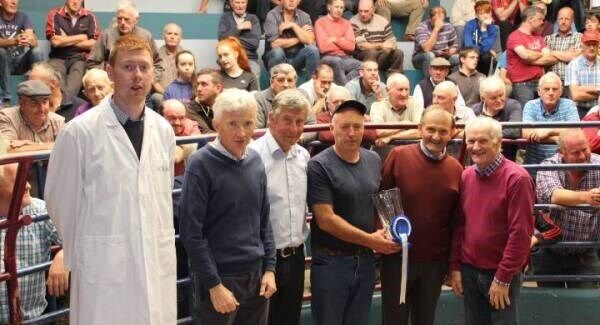
Whether you rear your own cattle or purchase them for finishing, one thing that is critical to the success of your business is how well you finish the stock.
Cattle should never be put on an intensive finishing diet until it is appropriate to do so.
This has nothing to do with their age, and everything to do with how well they have been grown.
Too often, finishers are disappointed with carcase and fat scores because the cattle were fed too early.
How you manage the feeding of the stock you have is important, before you put them on a finishing diet.
Their start weight, breed and sex will determine their intakes and dictate what type of ingredients should be included in the finishing diet.
Obviously, if finishing young bulls, they have no business outdoors at this stage.
They will burn up too much energy as they tend to be too active and aggressive.
Farm safety and the logistics of drawing meal to young bulls must also be considered, at all times.
There are two main objectives for grassland management once you get into August.
- Maintain performance from good quality grass, if lucky enough to have it!
- And prepare swards for autumn grazing.
In a normal year, as we approach the middle of August, grass quality usually begins to deteriorate, due to a drop off in dry matter and sugars.
In most parts of the country, there has been some level of recovery in growth, with some welcome rain having fallen.
Research this year has shown us that, post-drought, there is plenty of nitrogen present in the soil to push on growth after rain.
Hold off on nitrogen, until after you graze paddocks.
However, it will be critical to continue to apply fertiliser right up to the closing date this year, as there will be a response while conditions allow.
Soil temperatures are currently excellent, so take advantage of it.
We all need a lot more silage, and will need to extend grazing for as late into the autumn or winter as it is sensible to do.
At best, autumn grass is capable of achieving a 0.75kg liveweight gain per day on finishing cattle, whereas the target is a gain of at least 1 kg per day.
Cattle always show a good response at grass when supplemented with 2.5-3kg of meal per day at this time of year — provided that excellent quality grass is available.
However, if top quality grass is not available, it will be necessary to feed up to 6 kg/day to heavy heifers or steers that are close to finish.
The volume of meal needed will depend on the breed and sex of the animals being fed.
At this time of year, finishing cattle off grass quickly has many advantages, in terms of stocking rate and work load.
The meal will need to be high in energy and low in protein in order to get the final cover of fat on cattle quickly.
With the price of cereals off the combine favourable, compared to the anticipated forward price for concentrates this coming winter and into next spring, it really must be considered, if you can store it.
Barley and oats in particular will be an ideal complement to autumn grass for advanced stock.
Avoid fillers in any mix that you purchase, they are of absolutely no advantage in a finishing ration, and will slow down animal performance.
- Independent dairy and beef nutrition consultant Brian Reidy, Premier Farm Nutrition, can be contacted at brian@pfn.ie




